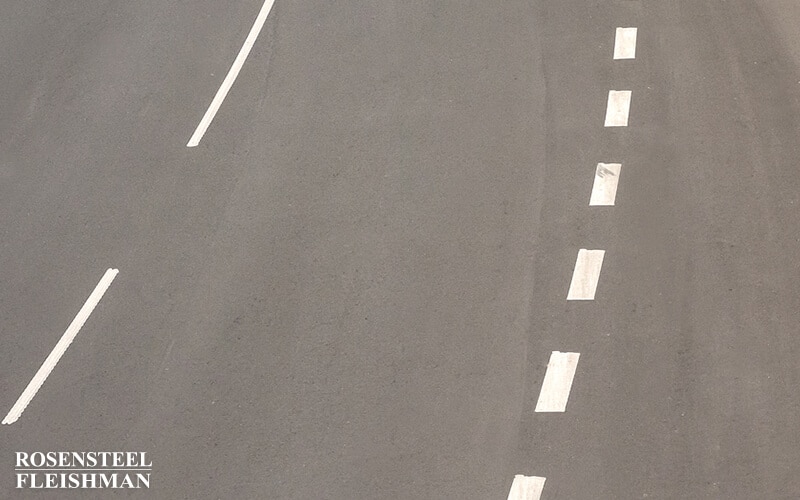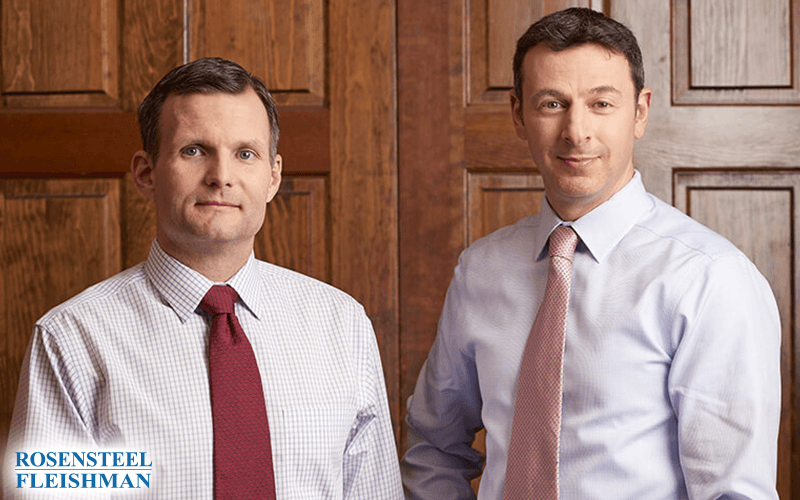According to local news outlets, traffic fatalities in the United States have decreased for the second consecutive year in 2023, even as Americans drove more miles. The National Highway Traffic Safety Administration (NHTSA) revealed that there were 40,990 deaths in motor vehicle crashes last year, marking a 3.6% decline from the 42,514 fatalities in 2022. […]

Pedestrian Critically Injured in Gastonia
The Charlotte Observer and WBTV report that a pedestrian was severely injured after walking into the path of an oncoming car early this morning in Gastonia. Around 3:15 a.m., the pedestrian reportedly walked into the travel lanes of East Long Street, at the intersection of North Broad Street, and was struck by a car. The pedestrian was taken to the hospital with critical injuries. Officials report that neither speed nor impairment were issues in the accident, and no charges are being filed against the driver .
This accident not only reminds us of the potentially severe injuries that can result when pedestrians meet cars, but also that pedestrians have duties when using roadways that can affect their ability to collect damages for these potentially severe injuries. In the above news reports, there are no facts to indicate that the driver of the car was at fault in any way, but let’s begin our analysis with a look at a driver’s possible liability.
To show liability in a negligence case, a pedestrian must show that the driver breached a duty owed to the pedestrian to exercise reasonable care and that this breach both actually and proximately caused injury to the pedestrian. All drivers have a duty to keep “a reasonable and proper lookout in the direction of travel and see what [they] ought to see.” (Holbrook v. Henley, NC App 1995) Drivers can also have a duty created by statute. If a driver violates a statute that is enacted for safety purposes (as most traffic laws are), then the driver is often negligent per se, and all that must shown is that the pedestrian’s injuries were proximately caused by the driver’s violation of the statute.
Now, let’s look at North Carolina G.S. 20-155(c) which states that
The driver of any vehicle upon a highway within a business or residence district shall yield the right-of-way to a pedestrian crossing such highway within any clearly marked crosswalk, or any regular pedestrian crossing included in the prolongation of the lateral boundary lines of the adjacent sidewalk at the end of a block except at intersections where the movement of traffic is being regulated by traffic officers or traffic direction devices.
Therefore, a pedestrian crossing a street in a crosswalk has the right-of-way, unless that pedestrian is crossing at an intersection that is regulated by traffic direction devices (i.e. stoplights). If the pedestrian is crossing at such an intersection, then the pedestrian does not have the right-of-way when crossing the street against the light, even when crossing in a crosswalk.
Looking at the intersection where this morning’s accident occurred. It appears that this intersection had stoplights, but if the driver was obeying the stoplight, the driver would not violate G.S. 20-155(c), even if the pedestrian was crossing the street in a crosswalk. Officials also stated that speed and impairment were not factors in the accident, and no charges are being filed. Therefore, it is unlikely that the driver violated a traffic law which would make her negligent per se.
It is still possible that the driver breached his duty to maintain “a reasonable and proper lookout in the direction of travel and see what she ought to see.” Maybe the driver was looking down at her phone, changing the radio station or some other activity that would take her eyes off the road. However, we have no facts which indicate such behavior. We have only learned that the pedestrian walked into the travel lanes and that no charges are being filed against the driver. These facts indicate that even if the driver was maintaining a proper lookout, she might not have seen the pedestrian.
Even if we learned of a fact that could make the driver negligent, that does not necessarily mean that an injured pedestrian would collect damages. In North Carolina, if a pedestrian is contributorily negligent, this can bar his ability to recover damages, even if the driver is also negligent. North Carolina law states that “[a] plaintiff is contributorily negligent when he fails to exercise such care as an ordinarily prudent person would exercise under the circumstances in order to avoid injury.” The doctrine of contributory negligence requires a victim to use reasonable care as a pedestrian. In order for contributory negligence to keep a victim from receiving damages, the victim’s negligent behavior must be a proximate cause of the accident and contribute to the injury.
The driver could argue that the fact that the pedestrian walked into the travel lanes of an oncoming car shows the pedestrian’s contributory negligence. Furthermore, depending on whether there were pedestrian signals at the intersection, the pedestrian might have violated a traffic statute which was enacted to protect the public. Specifically, G.S. 20-172(b)(2) states that “DON'T WALK. - No pedestrian shall start to cross the highway in the direction of such signal, but any pedestrian who has partially completed his crossing on the "WALK" signal shall proceed to a sidewalk or safety island while the "DON'T WALK" signal is showing.” The statute does not exempt a violation thereof from being considered negligence per se. Turning to proximate cause, being hit by a vehicle is a natural and direct consequence of crossing the street in the face of a Don’t Walk signal. If the pedestrian was found to be contributory negligent, that could bar his recovery of damages from a negligent driver.
But a pedestrian’s contributory negligence does not necessarily mean that he will collect damages either. There are a couple of defenses to a pedestrian’s contributory negligence, one of which is the driver’s gross negligence. In motor vehicle cases, North Carolina court have determined that
Our case law as developed to this point reflects that the gross negligence issue has been confined to circumstances where at least one of three rather dynamic factors is present: (1) defendant is intoxicated, (2) defendant is driving at excessive speeds, or (3) defendant is engaged in a racing.
Based on the few facts given in the news reports, it does not appear that any of the gross negligence circumstances were present, so that a contributorily negligent pedestrian would not be able to use the defense of the driver’s gross negligence.
If you have been injured in an accident, it is important to look at all the facts and contact an attorney at Rosensteel Fleishman Car Accident & Injury Lawyers (704) 714-1450 to discuss your options.
Additional Car Accident Articles
Dealing with the aftermath of a car accident can be overwhelming. It's not just the physical recovery; the legal side of things can feel like a maze. That's where a car accident lawyer in Charlotte, NC, can step in to simplify the process for you. If you're feeling stuck and unsure about what to do […]
Getting into a car accident is one of those things you never really see coming, and it can leave you feeling pretty shaken up, not just physically but also with the maze of legalities to deal with afterward. That's where the importance of finding a reliable car accident lawyer comes into play. Imagine having someone […]
Dealing with the aftermath of a car accident can be overwhelming, to say the least. Suddenly, you're thrust into a world of insurance claims, medical appointments, and potential legal battles, all while trying to recover from your injuries. It's a lot to handle on your own. That's where finding a top-rated personal injury lawyer in […]
